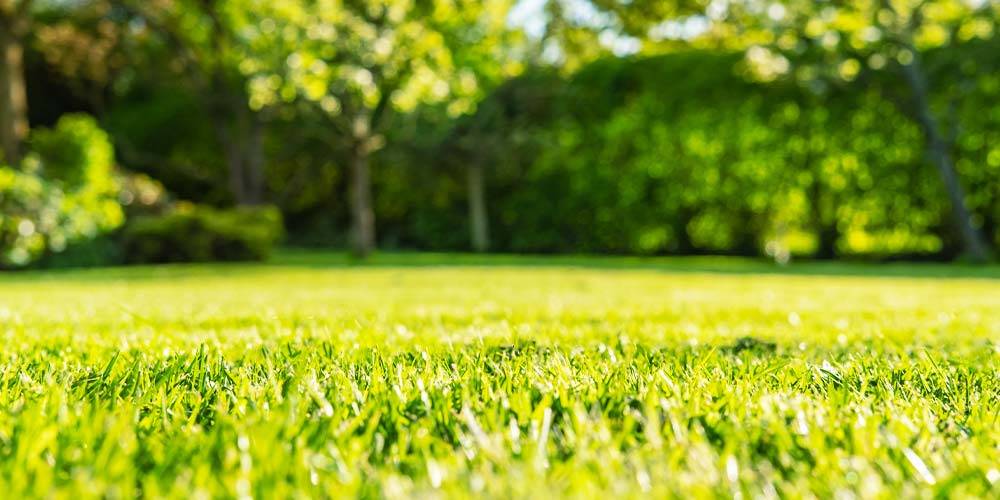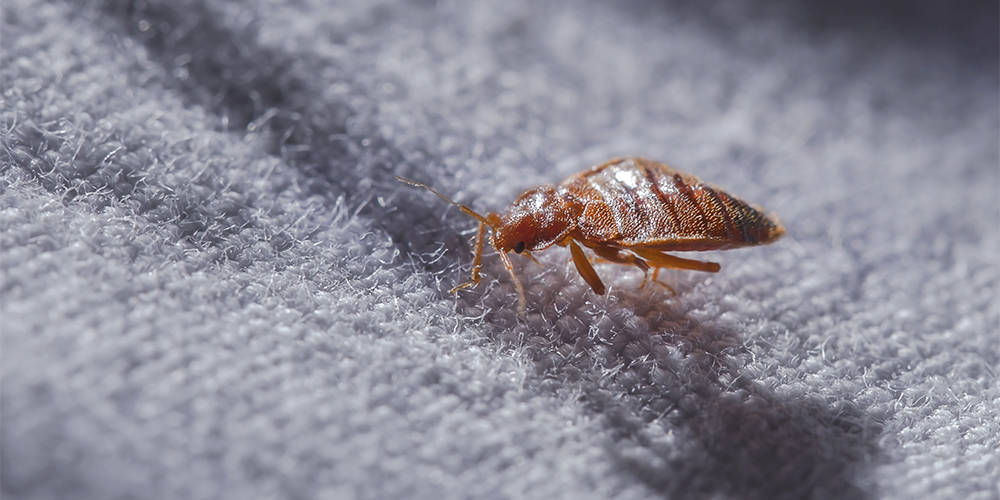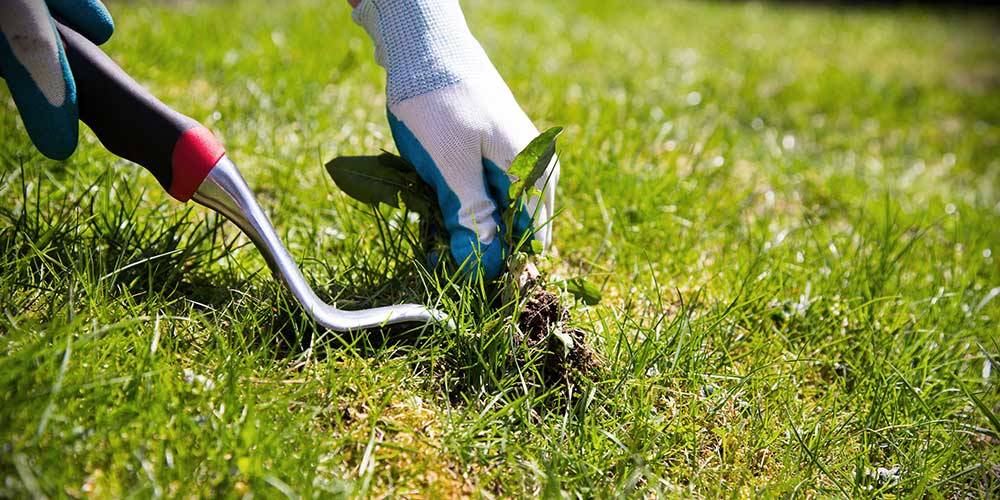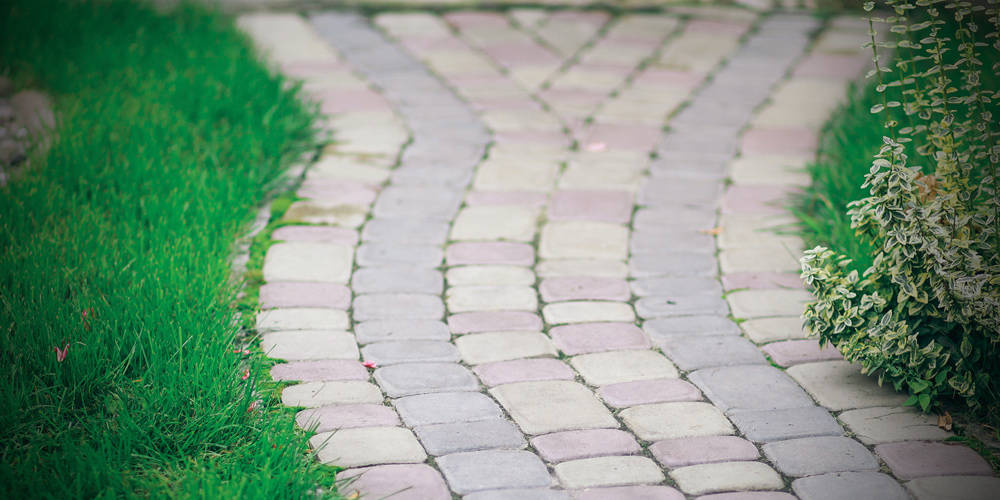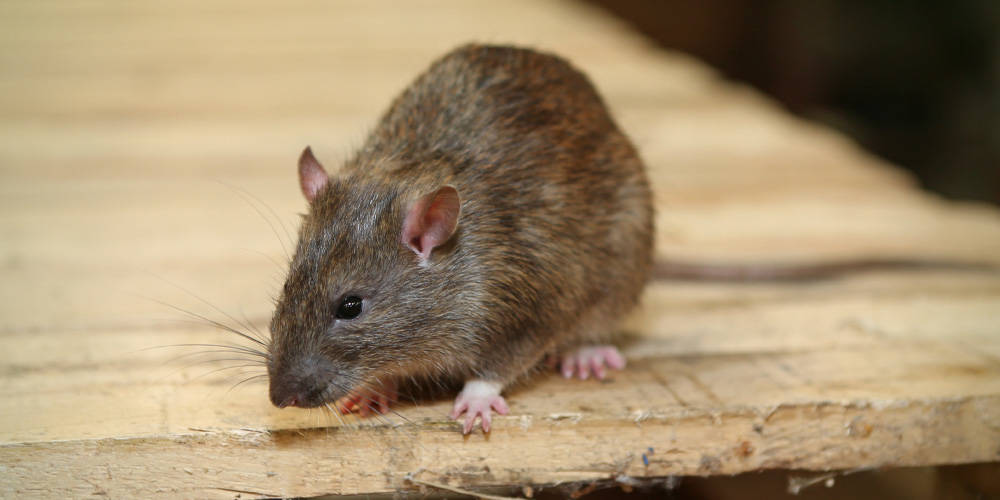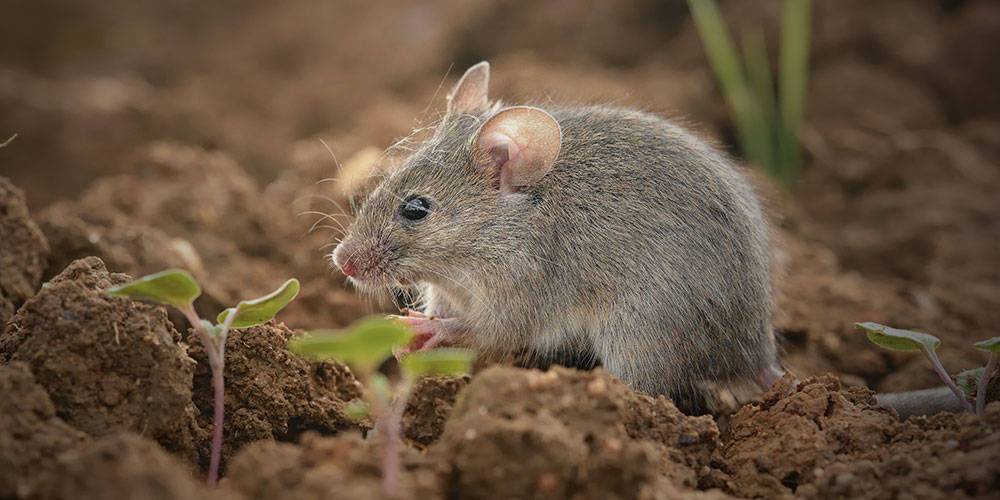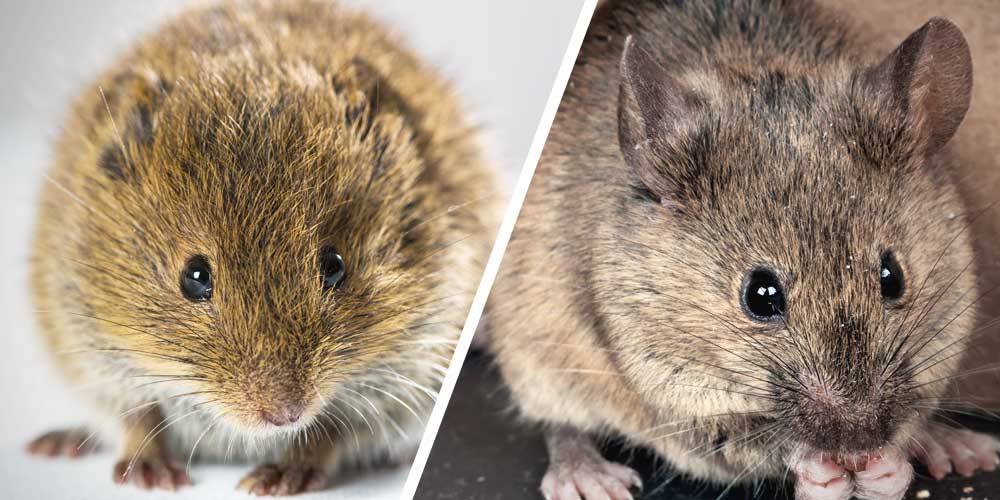Bugs in firewood
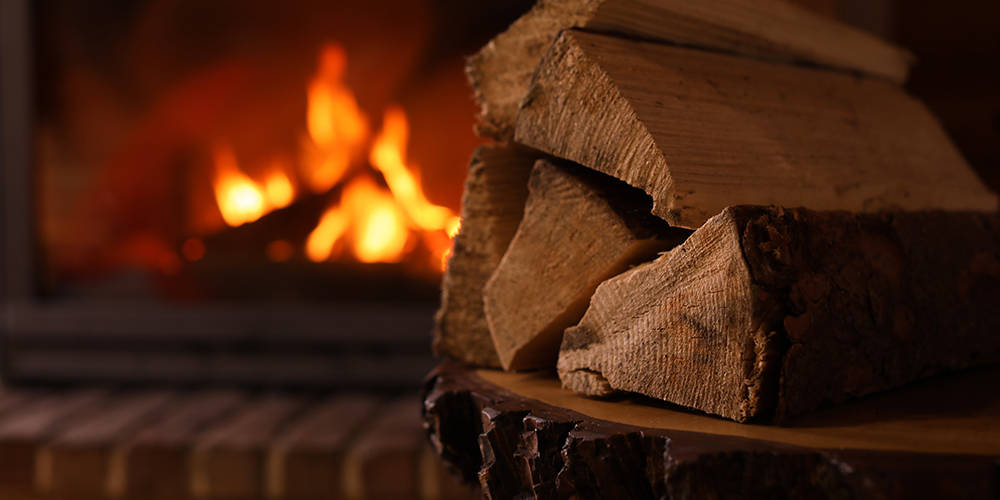
There is something truly comforting in the winter about sitting in your favourite chair, in front of your stove or fireplace, watching a nice, crackling wood fire. And close by, you have a supply of dry, split firewood.
But sorry to burst the image: if you bring wood inside the house from the cold, there’s a good chance that you might be introducing bugs that were quietly hibernating in the wood.
How to avoid having insects in your firewood
Firewood can give shelter to many insects either under the bark or inside the wood, as larvae or as adults. The change from cold to warm makes the bugs think that it is spring, and they wake up to come out to check your place out. Most are harmless.
Here are 3 recommendations to avoid the problem.
- Never stack your winter’s supply of firewood indoors, including basements and heated garages. The warm conditions will cause the bugs to emerge. Simply bring in from the cold what you will burn over the next 24-48 hours before the insects start thinking it’s spring.
- Firewood should never be stacked against a house or other buildings in order to put distance between wood-boring insects and the wood in the structure. The recommendation is to keep the firewood and walls about at least 1 metre apart.
- Do not stack firewood on bare dirt for 2 reasons: the bottom layer stays damp, making the wood moist, and the ground and moist wood provides a conduit for carpenter ants and termites. Put a layer of blocks, bricks or even used pallets to maintain airflow and reduce moisture.
What kinds of bugs hide in firewood?
You might have bark beetles, boring beetles, carpenter ants and termites sleeping inside your firewood. Other non-boring insects might possibly show up as hitchhikers, like sowbugs, millipedes, pillbugs, ants, centipedes, wasps, spiders, flies, cockroaches, ladybugs, etc. Most are a nuisance, but harmless.
No need to panic, just make sure you bring in only as much wood as you can burn in a day or two. The bugs won’t have time to emerge and cause trouble. The problems will occur, of course, if you plan to store a lot of firewood inside for a longer period.
Insects to watch out for
Wood-boring insects
The most common insects are wood-boring beetles and bark beetles that burrow under the bark or into the wood. This group of insects will lay their eggs in dying, freshly cut or dead trees, and the larvae are already in the logs when cut. The pests usually come in the house, nestled inside the log as larvae.
In nature, the eggs are laid in trees in the spring, the hatched larvae tunnel into the core of the tree over summer/fall, hibernate for the winter and emerge as adults the following spring. Bringing logs into the warmth of your home may speed up the adult stage.
Carpenter ants
If you stack your firewood outside directly on top of moist soil, you may be inviting carpenter ants to inhabit the woodpile. Carpenter ants build their colony nests in damp, rotting wood. They are larger than most ants, being 1 cm long (3/8 inch). Unlike termites, carpenter ants do not eat the wood, they simply burrow into it to expand their colony, pushing out sawdust.
Once in your house, they may stay in the firewood, or they may go wandering into your home looking for food. They are not likely to establish a new colony in your home as they prefer damp wood. Vacuum them up if you see them.
Termites
Wood stacked outside directly on the ground might attract termites. The main termite nest with the queen and eggs is below ground. Worker termites might tunnel into the base layer of firewood. If brought into your home with firewood, these worker termites cannot establish a new nest and won’t damage your house.
But remember, if you only bring in 1-2 days worth of wood on a regular basis, all the above insects will most probably perish in the fireplace before causing any problems.
How to get rid of bugs in firewood?
The gang of accidental visitors seems large: sowbugs, millipedes, pillbugs, ants, centipedes, wasps, spiders, flies, cockroaches, ladybugs, etc. Most are harmless and they usually do not appear in big numbers, if at all. If any are spotted, they can be swatted, swept, vacuumed or they can be sprayed with an appropriate pesticide.
Do not spray firewood randomly thinking that you are preventing any emergence. Spraying does not have any effect on burrowed insects, and blanket-sprayed wood could possibly produce harmful fumes when burning. Just directly control any insects that you see.
What product can be used to eliminate firewood insects in the house?
If you already have wood stacked in a heated shelter, it is possible to apply diatomaceous earth (Wilson BED BUG OUT Bed Bug & Crawling Insect Killer Dust) in and around the logs. It contains natural diatomaceous earth, which is a powder made from fossilized algae. Its particles have sharp edges that look like broken glass when examined under a microscope. As soon as the insects encounter the dust, the powder is absorbed by the insect's body moisture, and the insect dehydrates and dies.
Another way to avoid bugs in firewood
Lumber mills sell what they call “slab wood”, which is the result of squaring off hardwood logs, and these slabs are considered waste. They often cut these slabs into 40 cm (16 inch) lengths and offer them as slab wood firewood. Although they burn a bit faster than regular firewood, the slabs are debarked and kiln-dried, which kills off all insects.
